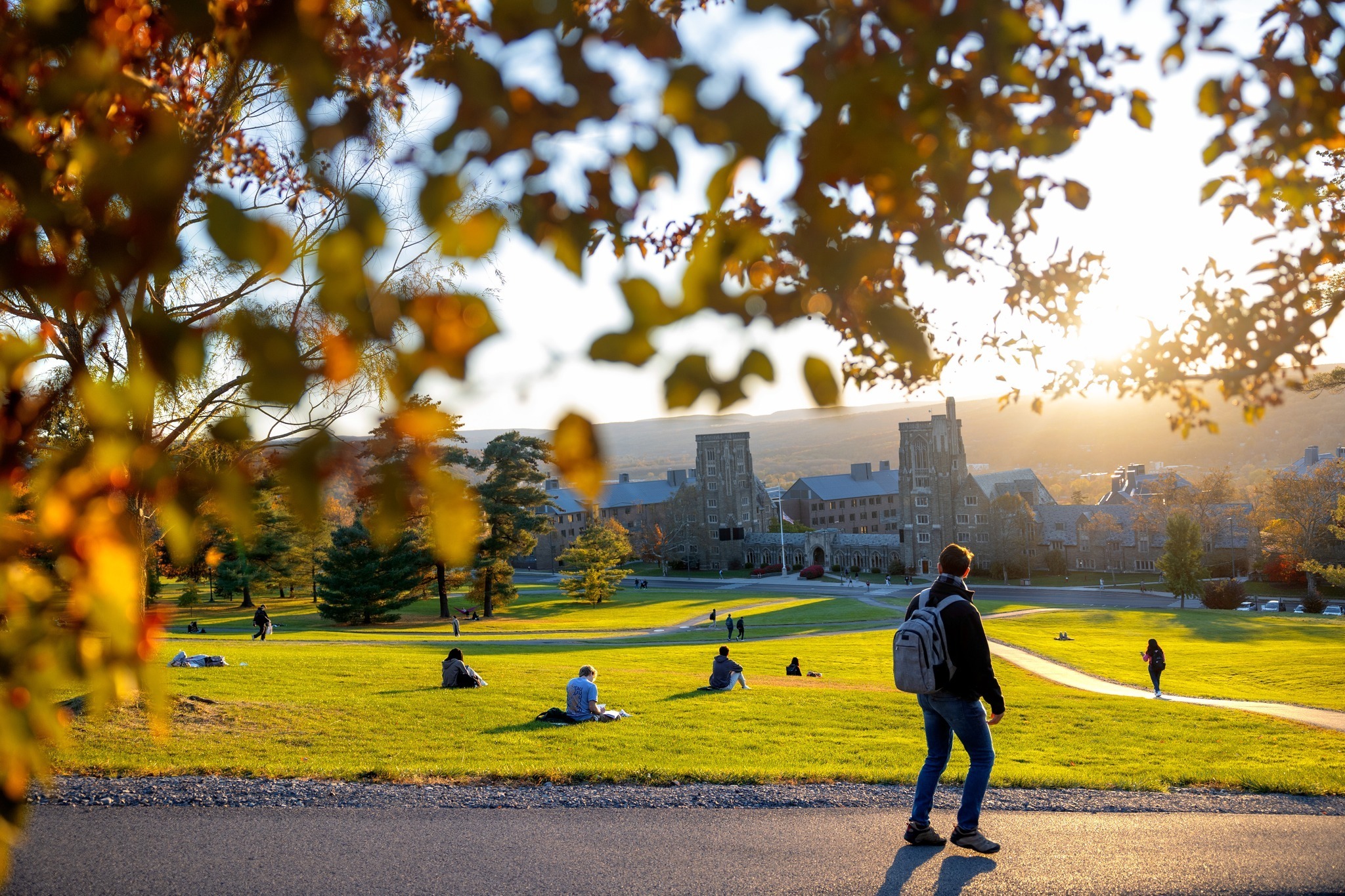Ingredients
- 1/4 cup all-purpose flour
- 1/4 teaspoon freshly ground pepper
- 1 pound beef stewing meat trimmed and cut into inch cubes
- 5 teaspoons vegetable oil
- 2 Tablespoons red wine vinegar
- 1 cup red wine
- 3 1/2 cups beef broth homemade or low-sodium canned
- 1 bay leaf
- 1 medium onion peeled and chopped
- 5 medium carrots peeled and cut into 1/4 inch rounds
- 2 large baking potatoes peeled and cut into 3/4 inch cubes
- 2 teaspoons salt
We Love Our Cowgirls 🤎🤠💛#NGWSD • #OneWyoming pic.twitter.com/CTdwRsuSiV
— Wyoming Athletics (@wyoathletics) February 7, 2024
Instructions
-
Wash hands with soap and water for 20 seconds.
-
Combine the flour and pepper in a bowl, add the beef and toss to coat well. Heat 3 teaspoons of the oil in a large pot. Add the beef a few pieces at a time; do not overcrowd. Cook, turning the pieces until beef is browned on all sides, about 5 minutes per batch; add more oil as needed between batches.
-
Wash the counter and utensils that touched the raw meat. Wash hands with soap and water after handling raw meat.
-
Remove the beef from the pot and add the vinegar and wine. Cook over medium-high heat, scraping the pan with a wooden spoon to loosen any browned bits. Add the beef, beef broth, and bay leaf. Bring to a boil, then reduce to a slow simmer.
-
Cover the pot and cook, skimming broth from time to time, until the beef is tender, about 1 1/2 hours.
-
While the beef is cooking, scrub the onion, carrots, and potatoes with a clean vegetable brush under cold running water. Prepare vegetables as directed in the ingredients.
-
Add the onions and carrots to the pot and simmer, covered, for 10 minutes. Add the potatoes and simmer until vegetables are tender, about 30 minutes more. Add broth or water if the stew is dry. Season with salt and pepper to taste.
-
Serve immediately.
Trump’s children all turned out so well pic.twitter.com/bZlmPunH2h
— Petronius Arbiter (@soulofpetronius) October 25, 2025


















